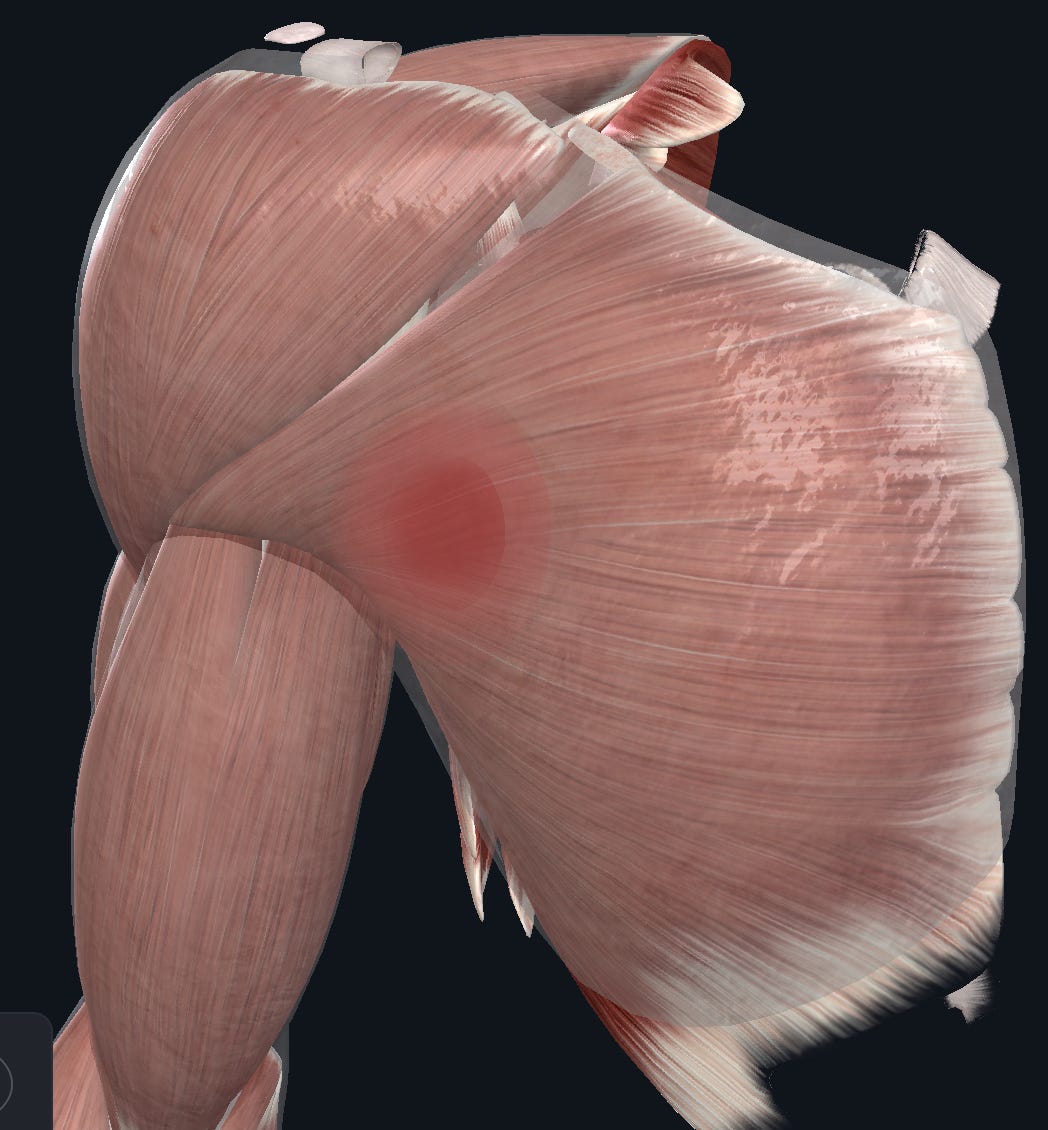T.J. Watt 2021 Defensive Player of the Year: Not at Optimal Point B for 2022 Season?
Utilizing current athlete injuries as a feedback mechanism to understand the importance of Optimal Point B
The 2022 NFL season officially kicked off last week and unsurprisingly, so have all the connective tissue injuries - one injury in particular to the reigning defensive player of the year T.J. Watt.
Aside from collision-based traumatic injuries, connective tissue injuries make up a large portion of injuries in the NFL. This is a huge signal for us at Absolute, such that we will be covering connective tissue injuries throughout the NFL season, utilizing the NFL season as a feedback mechanism to show just how rampant these preventable injuries are, even if these injuries are not identified and discussed as such.
Understanding why connective tissue injuries are rampant in the NFL is not an unanswerable question but an answerable question that starts by understanding that the injured athlete, regardless of past performances, is sub-optimally trained. You read that correctly, we are stating: that T.J. Watt’s off-season training was suboptimal. It had to be; otherwise, his tissue would not break down this early in the season.
Unfortunately, T.J. was not at Point B - more specifically, he lacks reactive strength. The consequence of this suboptimal training is a suboptimal physical state, and the lack of capacity has now temporarily removed him from the football ecosystem.
It is important to understand that athletes who compete in chaotic and volatile ecosystems that are not at Point B are playing Russian roulette with their bodies and careers and will not succeed at the Level of Competition.
Reactive Strength
Reactive strength is one of the most observable indicators of athleticism as it is through “reactivity” that the athlete is able to express strength during sport-related movements. On the whole, what we observe in these athletes is their ability to maximize force outputs very quickly.
In the case of TJ Watt, as a linebacker, the requirement to display reactive strength is paramount to success in this position as the linebacker needs lower limb reactive strength to move with force during a play and then have upper limb reactive strength to possess the ability to tackle with force.
The common misconception about reactive strength is its underlying requirement. This comes from the available literature that describes both what it is and how to attempt to quantify it. Simply the literature defines it as being the strength that emerges from the transition of an eccentric load to a concentric contraction. It seems straightforward; however, there are many factors at play.
In addition, the quantification of reactive strength is somewhat nebulous. The use of the RSI or RSR has many practical limitations, from the equipment required to what the test actually measures. This leads to confusion.
Watt’s Injury
As is always the case in professional sports, details concerning the specifics of any injury are always sparse. What we do know is that TJ Watt suffered a torn pectoral muscle.
In the anatomical picture above, the area in red denotes the most common location of a pectorals major tear, which occurs at the musculotendinous junction or the tendinous insertion of the sternal head.
An important thing to note in the above picture is the density of white tissue (connective tissue) that covers the anterior chest wall.
The usual mechanism of such injury is a rapid eccentric overload that exceeds the stiffness tolerances of the tissue. Specifically, the connective tissue mentioned above as they are the web that undergoes much of the length change as well as provides the substrate upon which subsequent muscle contraction occurs.
As is always the case in soft tissue injuries, it is essential to understand the detailed anatomy to help understand the region of injury, but more importantly, to understand how such injuries can be mitigated by tissue-specific training.
There are three important details are to visualize in the above diagram of the pectorals major. The first is that it is comprised of two different bundles of tissue (referred to as heads). One is the clavicular bundle, and the other is the sternal bundle. Essentially then, the pectorals major are two “different” muscle bundles within the same muscle. The other major point of focus is that the direction of the fibres of the two bundles go in different directions, with the clavicular fibres angling downward and the sternal bundles changing direction throughout from being linear across to angling upward as you go down. The third detail concerns the tendon, which is a confluence of connective tissue coming from both bundles. As visualized, as well as documented in anatomical study, the tendon is a wrapping and twisting of fibres coming from both directions such that the sternal fibres coming from below end up wrapping around the clavicular fibres from above and end up on the humerus above those from the clavicular bundle (this is why the sternal head. is a “flexor” in an open chain). The ultimate importance of these anatomical details is how the programmer can reverse engineer the training inputs to target reactive strength.
Reactive strength is built into the connective tissue elements of a muscle bundle or compartment. There is a progression of continual length and progressive loading that allows for reactivity in athletic movement.
Training for Reactive Strength
In theory, training for reactive strength is simple. Firstly, it needs to be established if there is enough length in the tissue. If the tissue lacks optimal length, then training at length with the intent to acquire length is the starting point (i.e., overcoming isometrics at length). If there is optimal tissue length, then training must start to progressively overload to lengthening under load, which is essentially eccentrics. Once the athlete possesses the tissue-based capacity to be trained eccentrically, it then becomes a matter of varying the load and speed until Point B is acquired.
Create optimal length in connective necessary for sport performance
Progressively load at length using a continuum of isometrics
Progressively load to length using slow eccentrics
Progressively load to length using faster eccentrics
Progressively overload eccentric (i.e., overspeed) eccentrics
Progressively target load important angles/ranges of motion at length (i.e., athlete specific)







Thanks, great analysis!!
Thank you for sharing the thought process here!